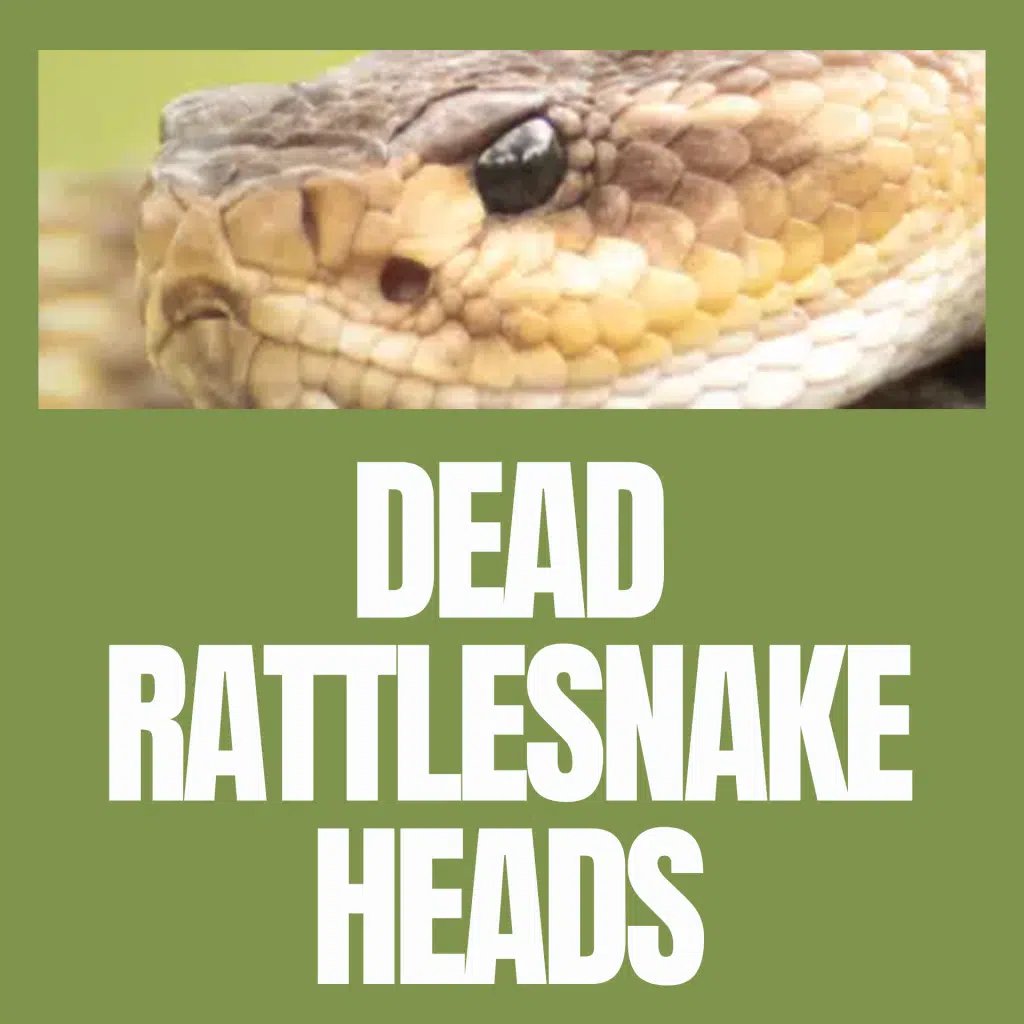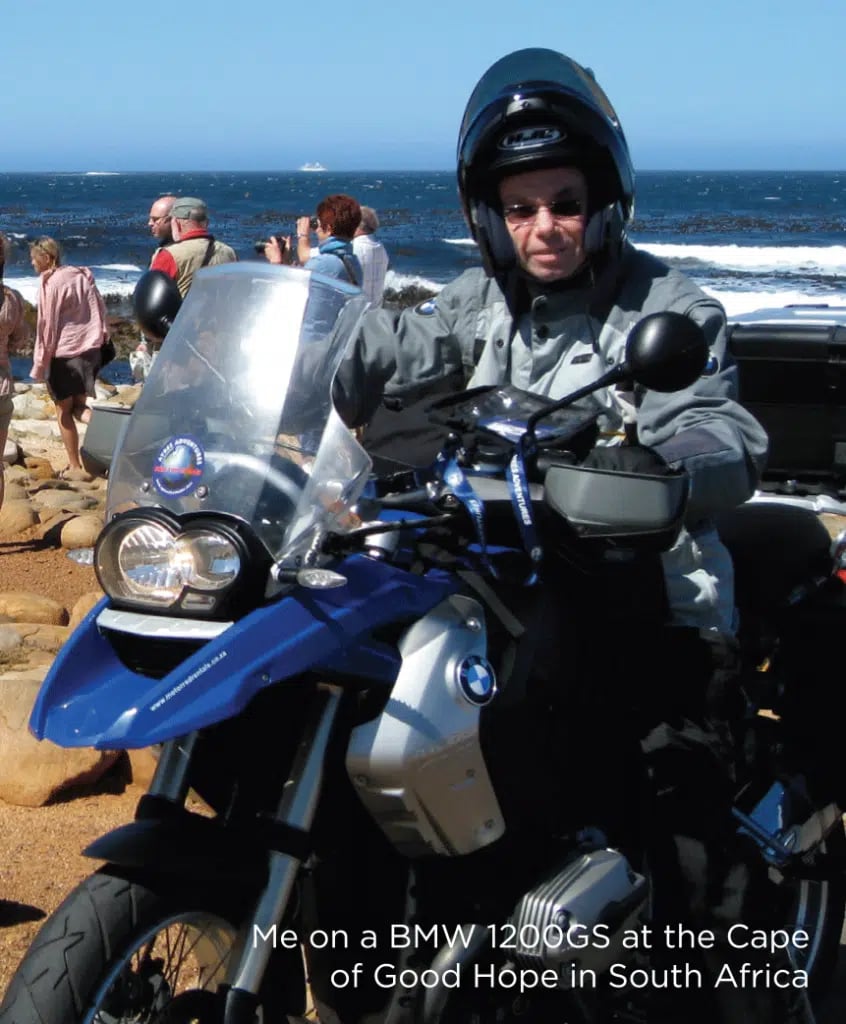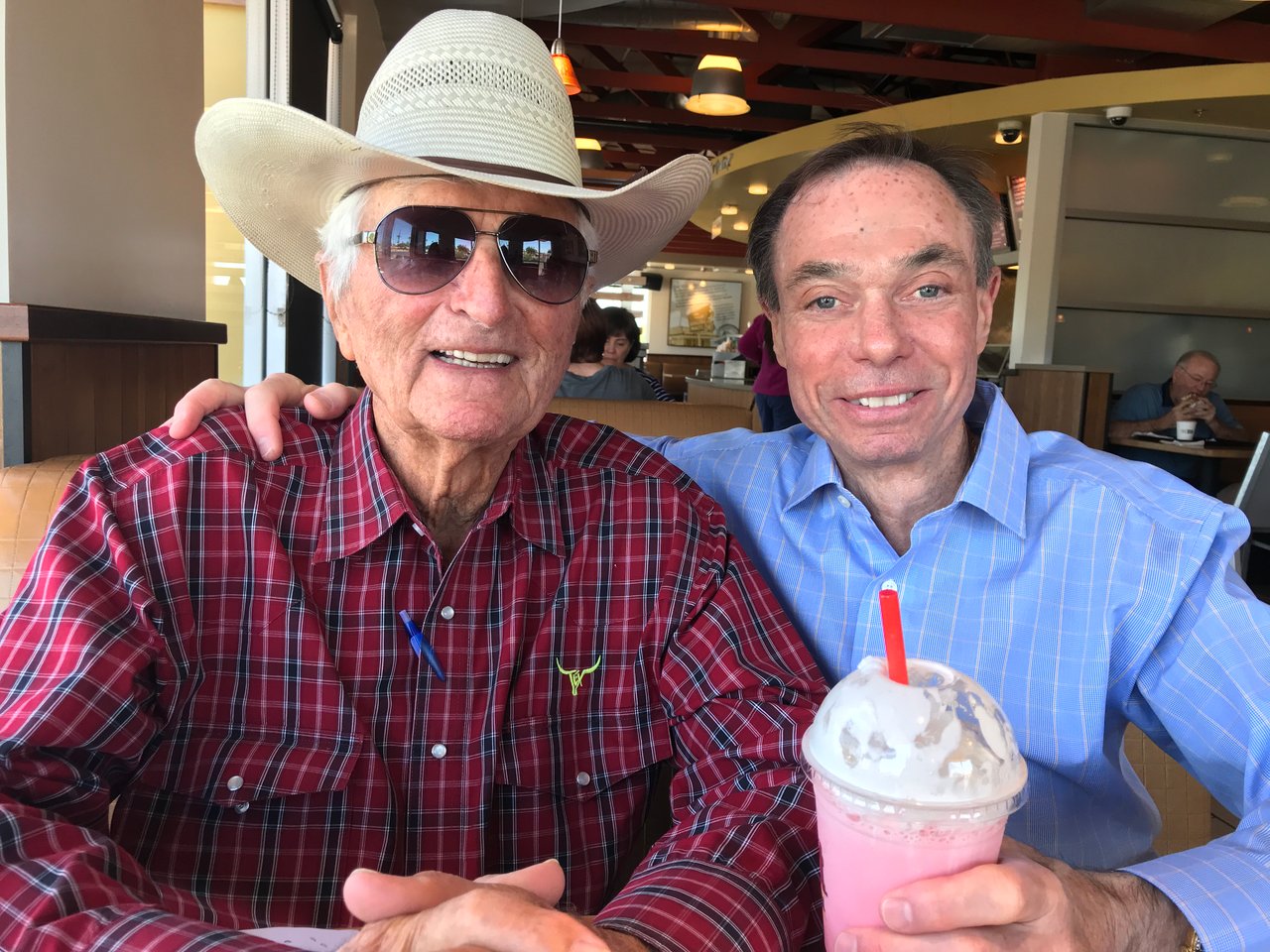Sep 3, 2024
Picture this: You’re out golfing at the stunning Seven Canyons course in Sedona, one of Teresa’s and my favorite places to play. You take your swing at the seventh hole, but your ball veers sharply to the right, disappearing into the rough. As you comb through the brush, you spot a severed rattlesnake head. You think, “What a cool souvenir!” But just as you reach for it, BAM! The severed head strikes, injecting venom even though it’s no longer attached to its body.
Yes, you read that right—a rattlesnake’s head can still bite even after it has been severed. There have been multiple cases of people being bitten by dead rattlesnakes or their severed heads, with some bites occurring long after the snake was presumed safe, such as the case of the rattlesnake head turned into a tie tack that still required anti-venom. Recently, I heard about someone who lost a leg after being bitten by a severed rattlesnake head while hiking in northern Arizona.
The Risk Equation
This got me thinking about risk in general—how we perceive it, how we manage it, and how we decide what is worth the gamble. My approach is a risk equation: Assess the probability of something bad happening, how severe it would be, then weigh it against the magnitude and likelihood of upside. If the bad isn’t catastrophic, I’m willing to accept a higher probability of it occurring. If the downside is severe and the probability is above minimal, the upside had better be terrific to consider moving forward.
Risk Is Not Knowing
“Risk comes from not knowing what you’re doing,” said Warren Buffett.
I got my pilot’s license as a teenager, and flying has since been among my greatest joys. I knew what I was doing—that piloting a small plane was riskier than flying commercially. But I didn’t fly to get from point A to B; I did it because I loved it.
To minimize risk, I constantly took lessons, obtained my instrument rating, and was meticulous in my planning. I also tried to fly only in clear weather. I minimized risk without sacrificing enjoyment. Being safer made it more fun.
It was the same with motorcycling across Canada, Mexico, Africa, and Europe with Ayres Adventures (check it out at ayresadventures.com). I understood the downside of being injured in a crash, especially in a foreign country. But the enjoyment of zipping through the magical mountains of Austria was so great that my risk equation made it worth it to me. None of my kids ever wanted to motorcycle, and I didn’t encourage it. For them, the risk equation didn’t add up.
Risky Water
A while back, I was out with my son and a friend, Russ, at Ruby Tuesday in Scottsdale. The conversation shifted to risk, and Russ mentioned, “That’s why I buy different brands of water at the grocery store.” Noticing our confused faces, he explained, “If one brand is later found to have unsafe plastic or contaminated water, I haven’t been drinking that brand consistently. It’s one way of lowering health risk.”
I saw that as Russ spreading risk by not committing heavily to one option, much like an investor diversifying a portfolio.
Salad Bar Germs
I almost wrote a book called Salad Bar Germs: An Entrepreneur’s Guide To Risk And Reward. The first chapter was a bit offbeat—tips on minimizing risk at a restaurant buffet:
- Grab the handle near the scoop: Always grab the serving utensil close to the scoop end, where fewer hands have touched it.
- Scoop from the back of the bins: Instead of scooping from the front where the germy handle may have touched the food, reach for the cleaner food in the back.
- Wash your hands after, not before: I’ve seen so many people walk into a restaurant and go to the bathroom before going to the salad bar. Why wouldn’t you wash your hands after touching all the handles where many unwashed hands have likely been?
Trend is Not Destiny
Did you ever read Peter Bernstein’s fascinating outlook on risk?
“The greatest risks are the risks that we don’t see, and the most difficult problem is in preparing in advance for that kind of thing. The trick in risk management is in recognizing that normal is not a state of nature, but a state of transition, and that trend is not destiny.”
Risk the Unusual
Jim Rohn aptly noted, “If you are not willing to risk the unusual, you will have to settle for the ordinary.”
Life, in itself, is an inherent risk. Dave Ramsey’s advice is too timid for how I choose to live, while Evel Knievel was too far over the edge. You’ve got to know who you are. Probability. Severity. Upside. Is the reward worth the gamble?
Sometimes this can be a difficult assessment to make. But not with dead rattlesnake heads.





